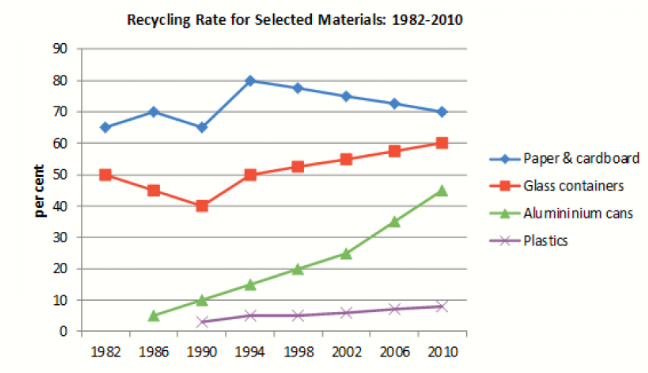English has undeniably been the most used language over the world, which also means that learning English nowadays is extremely essential and often regarded as compulsory in education. Nevertheless, there are concerns that the priority to study English may lessen the importance of learning people’s native language, putting them on the verge of dying out. Personally, I believe that it is imperative that everyone should study English, but under no circumstances should we ever neglect our first language.
On the one hand, learning English is the key to globalisation and academic success. It is irrefutable that English qualifications such as IELTS and other certifications which function the same are necessary for workers to apply for a sustainable and well-paid job. If we look on the other side, people without English academic qualifications often have difficulty in competing with those who have at least one certification related to the English language. For students, having certifications including English ones literally means they have a higher probability to be enrolled by high quality universities and colleges; Additionally, having the capability of using the English language leads to global communication and cultural diversity.
On the other hand, consequences resulting from the ubiquity of the English language has recently been so obvious that many concerns have been raised. One of the biggest problems that should not be underestimated is code-switching. For example, in Vietnam, many people, especially the Generation Z who are living in the modern era, which means they have the privilege of studying English as a second language at a very young age. After at least twelve years exposing to English at school, they start to insert English and Vietnamese both in speaking and non-verbal communication. A sentence can be either spoken or written with at least one-third to a half of its content in English and the rest in Vietnamese, which may cause irritation for people who are not too proficient at the language. This leads to the local language’s purity loss and the forgetting of original word meanings.
With aforementioned pros and cons of learning English, now it is important that people ensure the survival of their local languages, both by self-awareness and propaganda. A modification in their mindset is extremely necessary, extremely for those with the code-switching habit, and this can be put into practice by schools incorporating local languages in their curriculum, and governments can support TV or radio shows in minority languages. It is necessary that people understand their origin and the value of their first language as a part of their culture.
In conclusion, learning English as a second language has become an indispensable thing. Nonetheless, we need to guarantee that our mother language be no inferior to the second one.






 Đăng ký
Đăng ký 

Bạn cần đăng nhập để them gia bình luận